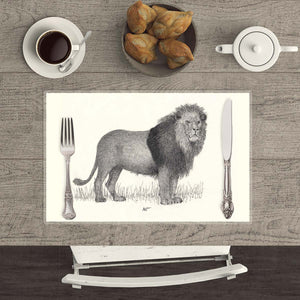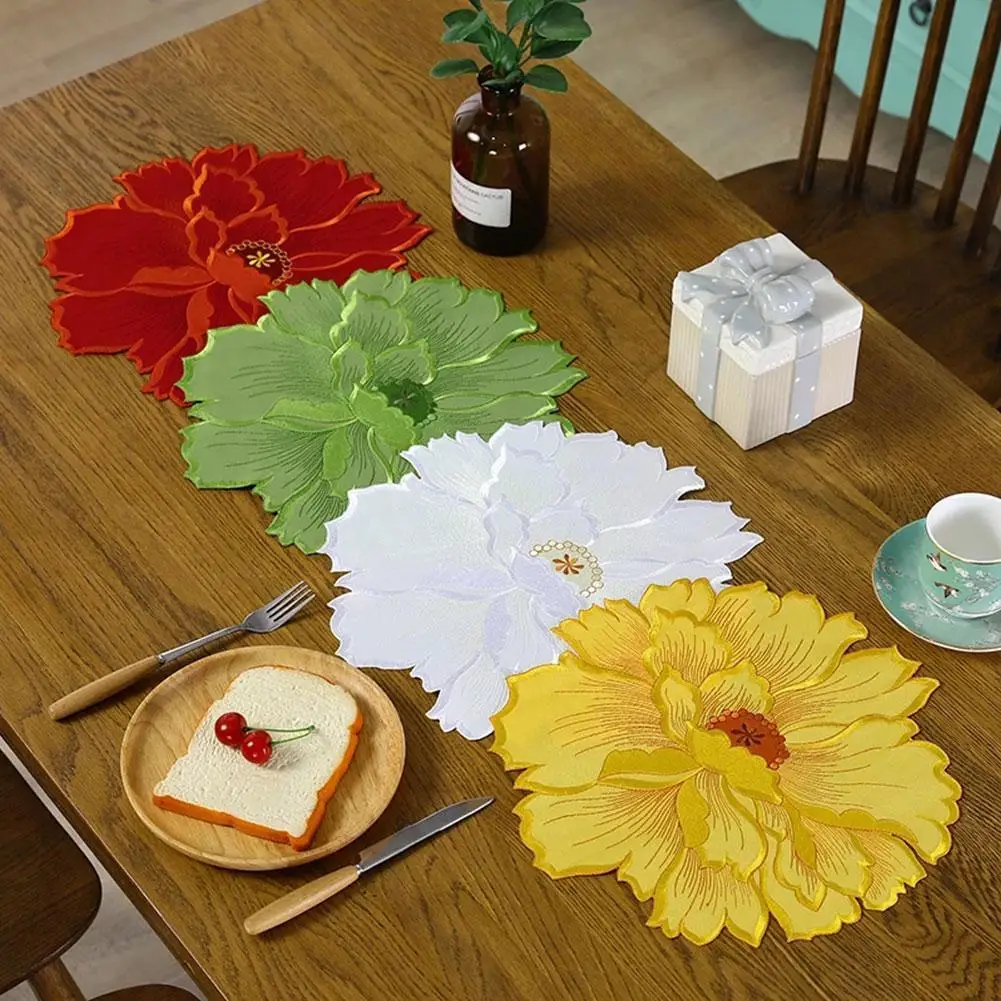Examine This Report on Top News Sites
Examine This Report on Top News Sites
Blog Article
The Basic Principles Of Unique Art
Table of ContentsThe Ultimate Guide To Unique ArtUnique Art Can Be Fun For EveryoneEverything about Unique ArtThe smart Trick of Unique Art That Nobody is Discussing
While one might dispute which art form holds precedence, the reality continues to be that each of these seven forms supplies an one-of-a-kind window into human background, culture, and evolution. They are the tapestries that chronicle our journey, advising us of our past while motivating visions for the future.Wonderful artwork narrates, makes individuals look twice, and produces a special experience that can't be matched. Art and pictures connect every one of that through shade, form and other style elements. Find out how to make your unique artwork attract attention from the group.
3 Emil DervishIn this entranceway by Emil Dervish that lovely cobalt blue door takes the show. To bring much more dramatization, he expanded the paint. to the doorframe and the wall surface up, ending up in an arched form. The curves, in addition to a round sconce, soften the sides - Unique Art. Frames classic posters and maps of beloved places established the scene.
8 TRIA GIOVANEqual parts grand and laidback, this entrance hall created by Anthony Baratta is the best plan to adhere to if you're embellishing a formal entry that still really feels unfussy and comfortable. Formed textiles take spotlight (see the carpetings and the sofa), but they also help bring the high ceilings to a human scale when hung over wallpaper.
Facts About Unique Art Uncovered
18 Heidi Caillier DesignA gallery wall surface does not need to use up the whole space. In some cases a tiny one can make a bigger design declaration. In this living-room, Hiedi Caillier chose for micro-mini frameworks and a random composition. Promotion - Continue Reading Below19 Stephen Kent JohnsonDesigner Juan Carretero chose a deep environment-friendly paint shade to contrast with the light timber surfaces.
, the expression of concepts and feelings, with the creation of specific aesthetic top qualities, in a two-dimensional visual language. The components of this languageits forms, lines, colours, tones, and texturesare utilized in different means to produce feelings of quantity, space, movement, and light on a flat surface area. These components are combined into expressive patterns in order to represent genuine or supernatural sensations, to interpret a narrative theme, or to create completely abstract visual relationships.
Later the idea of the "fine musician" developed in Asia and Renaissance Europe. Popular painters were afforded the social condition of scholars and courtiers; they signed their job, determined its design and typically its subject and imagery, and established a more personalif not constantly amicablerelationship with their clients. During the 19th century painters in Western cultures began to lose their social position and protected patronage.
The Best Guide To Unique Art
Others made an earnings via visiting exhibits of their job. The requirement to appeal to an industry had changed the similar (if much less impersonal) demands of patronage, and its effect on the art itself was possibly comparable. Normally, musicians in the 20th century could get to a target market only with business galleries and public galleries, although their job may have been occasionally duplicated in art regulars
For a conversation of the forgery of works of art, see bogus. For a conversation of the function of paint and other arts in faith, in addition to of making use of spiritual symbols in art, see spiritual meaning and iconography. For info on other arts associated with painting, see articles such as attracting; folk art; printmaking. It is the feeling of inevitability in this formal company that provides a fantastic painting its see page self-sufficiency and presence. The colours and placement of the primary pictures in a design may be often greatly chosen by representational and symbolic factors to consider. It is the formal interaction of colours and forms that alone is qualified of interacting a particular state of mind, creating optical sensations of room, quantity, motion, and light and creating forces of both harmony and tension, even when a painting's narrative meaning is unknown.
Don't copy the design of various other musicians if you're trying to discover your style. Duplicating other individuals's artwork can be wonderful in instructional functions yet it will not make you closer to finding your own distinct design. Your creative style needs to be, what you such as and what inspires you.

An Unbiased View of Unique Art
You require to try great deals of different choices and explore everything before you can concentrate on here one specific style or you'll be burnt out, or even worse, you'll dislike your very own style. I recommend you to try every solitary topic that you're interested in, discover as much as you can. Attempt different mediums that excite you and brand-new strategies you've never tried prior to.
With time you'll have the ability to arrange all of them into your preferred and the very least favorite groups. Try to focus your focus on the topics and mediums that you like and before you see it coming you'll have your own individual and distinct style, like nobody else have! So in the end you'll have a few favored topics to repaint and maybe a few favored tools.

Report this page